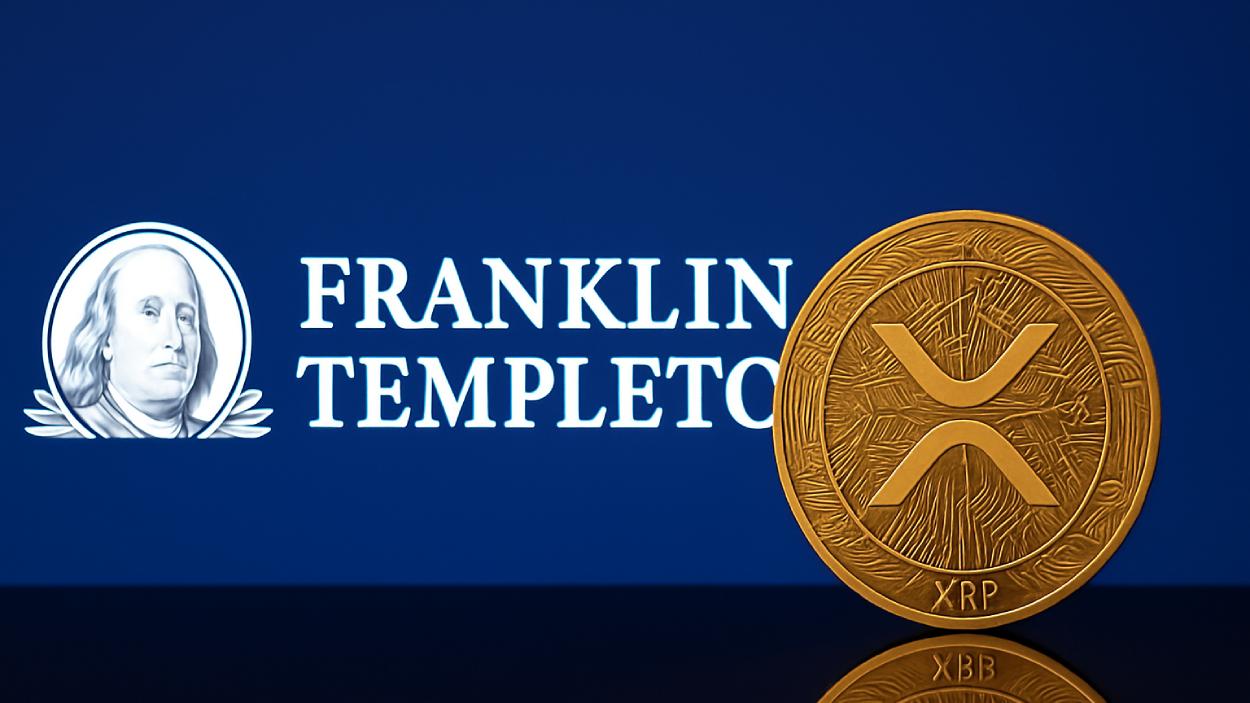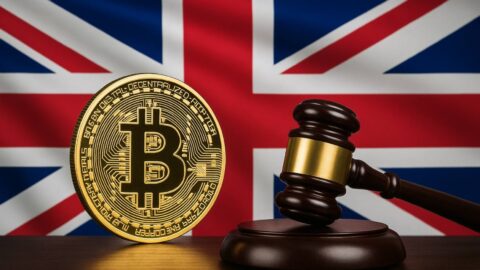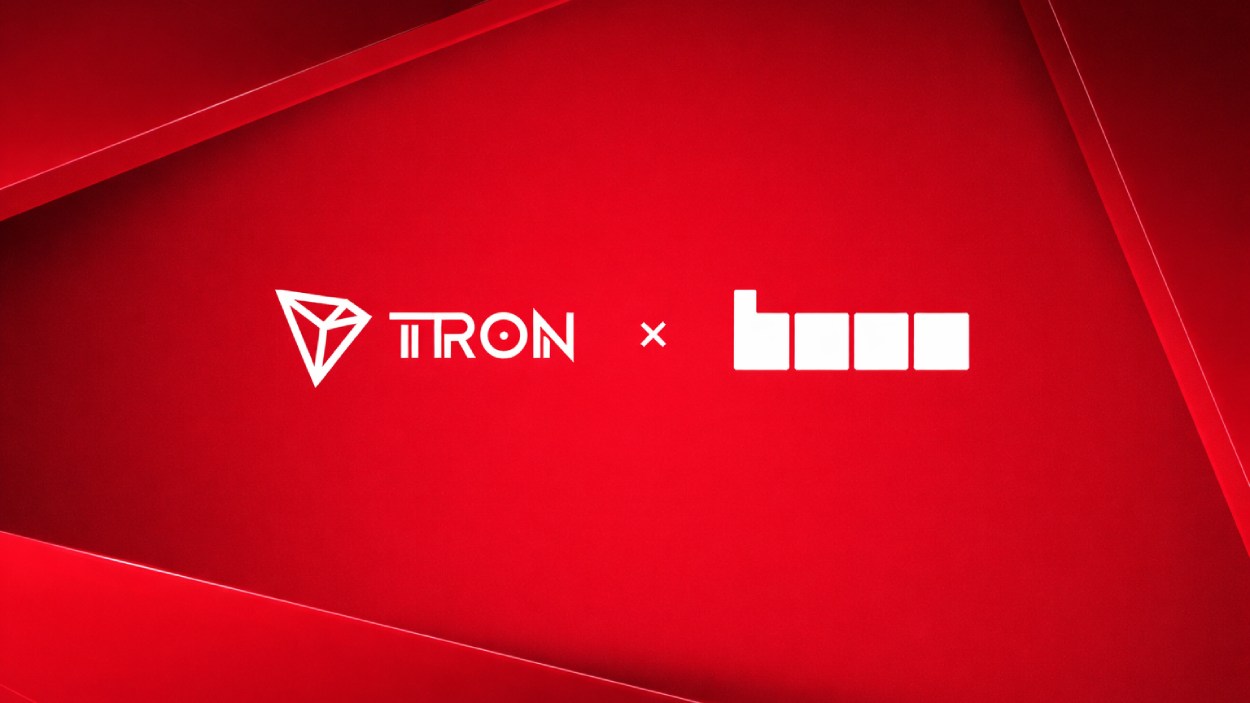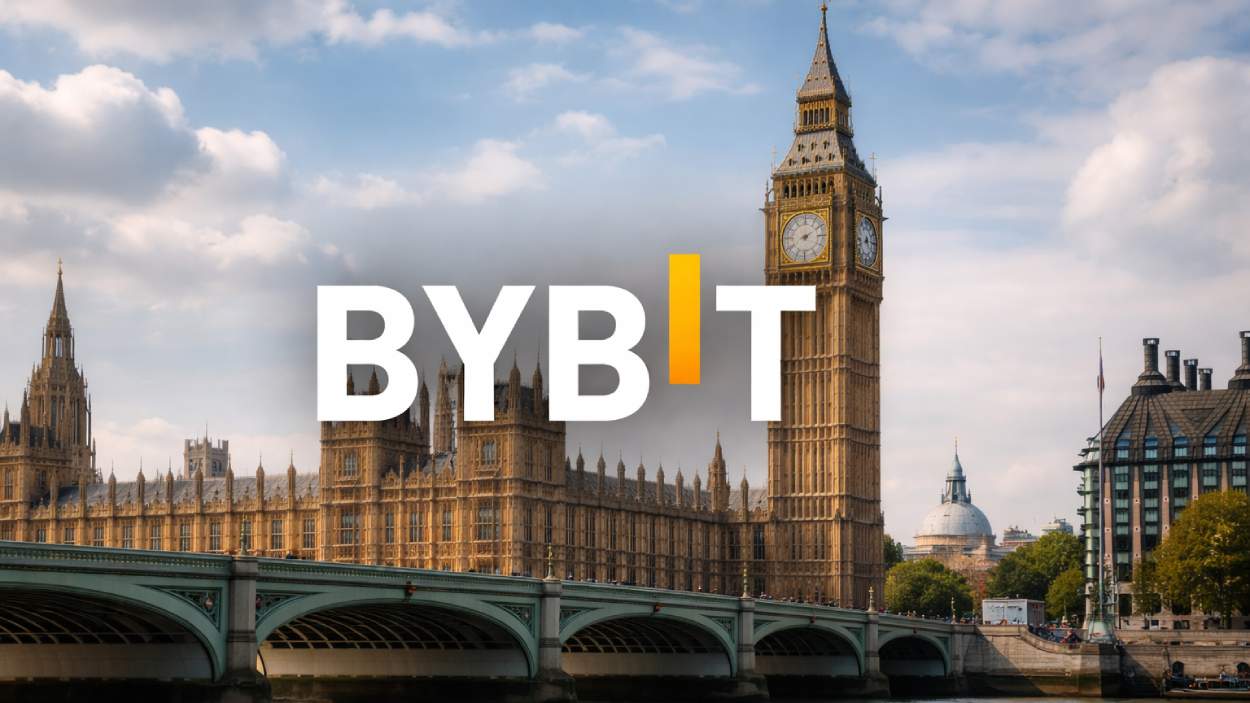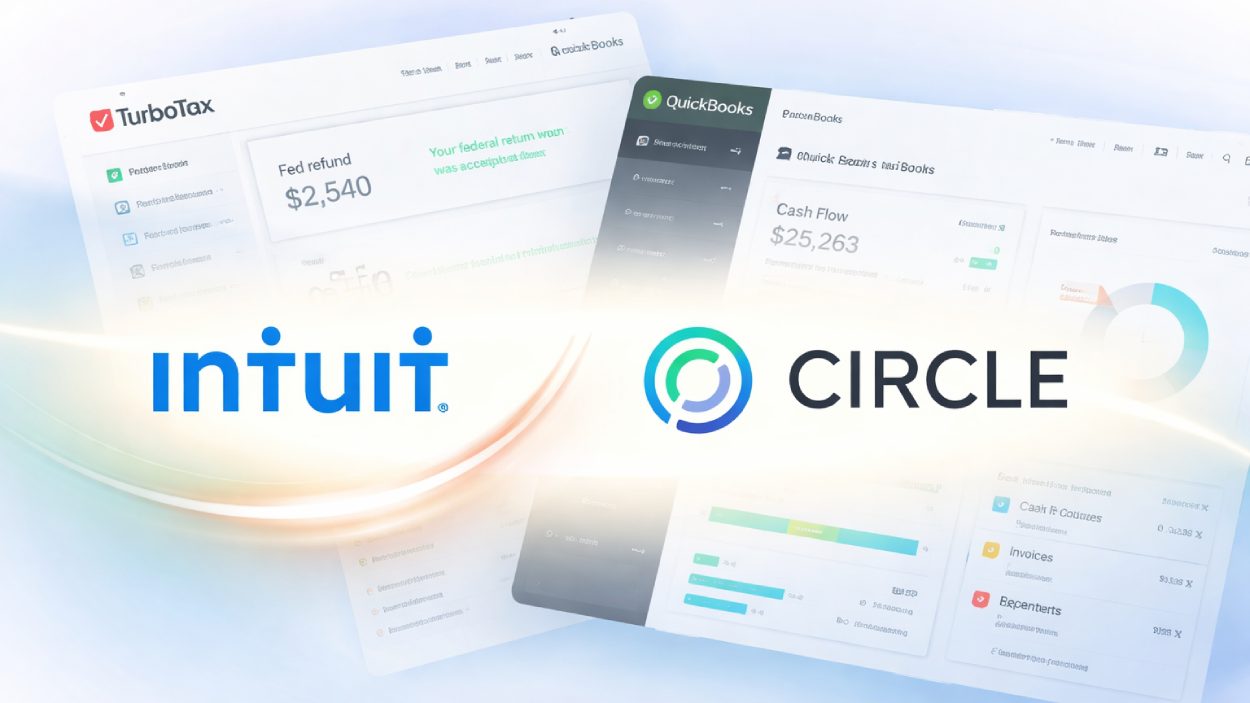Franklin Templeton has introduced its new XRPZ ETF on NYSE Arca, giving US investors a regulated gateway into XRP just months after Ripple’s legal victory.
Key Takeaways
- Franklin Templeton launched the Franklin XRP ETF (XRPZ) on NYSE Arca, offering institutional-grade access to XRP.
- The ETF follows Ripple’s August 2025 settlement with the SEC, ending a long-standing legal battle.
- Grayscale also launched its GXRP ETF, converting its private XRP trust, signaling broader institutional momentum.
- XRP’s role in cross-border payments and decentralized infrastructure is drawing investor interest amid evolving regulatory attitudes.
What Happened?
Franklin Templeton officially launched the Franklin XRP ETF (XRPZ) on NYSE Arca, providing investors with a new way to gain exposure to XRP through traditional brokerage accounts. This move comes just after Ripple’s high-profile settlement with the US Securities and Exchange Commission (SEC) and as institutional appetite for regulated crypto investment products accelerates.
‘EZRP’ fit the EZ formula, but the $XRPZ ticker was just too clean to pass up.
— Franklin Templeton Digital Assets (@FTDA_US) November 24, 2025
Learn more about XRPZ, now live: https://t.co/2JI0XL41Dchttps://t.co/MuETCTcnKD pic.twitter.com/VoOCj6biWg
XRP Enters the ETF Arena
Franklin Templeton’s XRPZ is part of a broader push by major asset managers to bring regulated crypto products into traditional financial markets. This launch aligns with the company’s existing suite of digital asset ETFs that already includes Bitcoin, Ethereum, and a diversified crypto index.
According to David Mann, Head of ETF Product and Capital Markets at Franklin Templeton, XRP plays a “foundational role in global settlement infrastructure”. Mann emphasized that XRPZ offers a regulated and transparent method to gain exposure to the cryptocurrency without the operational complexity of directly holding digital tokens.
- The fund is structured as a grantor trust that holds XRP.
- It tracks the CME CF XRP-Dollar Reference Rate (New York Variant).
- Coinbase Custody Trust Company is the XRP custodian.
- Bank of New York Mellon handles fund administration, transfer agency, and cash custody.
- CSC Delaware Trust Company serves as trustee.
Ripple’s Legal Win Opens the Door
The launch follows the August 2025 resolution of Ripple’s long-standing legal dispute with the SEC. The agency had accused Ripple Labs of offering unregistered securities since 2013. The lawsuit triggered delistings and a sharp drop in XRP’s market value. Ripple ultimately settled the case without admitting wrongdoing, paying a monetary penalty.
That legal clarity has significantly improved XRP’s standing in regulated markets, clearing the way for investment products like ETFs to launch. Grayscale, another major player in crypto investing, launched its GXRP ETF on the same day, converting its existing XRP trust to a publicly traded fund.
Institutional Momentum Builds
These dual ETF launches by Grayscale and Franklin Templeton signal growing institutional confidence in XRP and broader acceptance of altcoins within regulated investment vehicles.
Roger Bayston, Head of Digital Assets at Franklin Templeton, noted that XRPZ fits into the firm’s mission to offer secure and institutional-grade digital asset solutions. He described XRP as a “foundational building block” within a diversified portfolio, praising its utility in supporting decentralized networks and cross-currency payment infrastructure.
Earlier entrants into the XRP ETF space include Canary Capital and REX Shares, reflecting rising demand for diversified altcoin exposure. XRP’s underlying blockchain, the XRP Ledger (XRPL), continues to be a preferred choice for low-cost, high-speed international transfers, processing thousands of transactions per second with minimal energy use.
CoinLaw’s Takeaway
In my experience watching crypto ETFs evolve, this moment feels pivotal. Franklin Templeton’s XRPZ launch isn’t just another product. It’s a powerful signal that XRP is finally gaining mainstream financial legitimacy. The combination of regulatory clarity, strong custodial backing, and traditional exchange listings makes XRP far more accessible for institutions. I found the timing especially important. Coming just after Ripple’s legal resolution, it shows how quickly Wall Street is ready to embrace well-established crypto assets once the legal dust settles.
Hover or focus to see the definition of the term.

